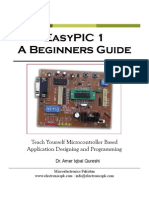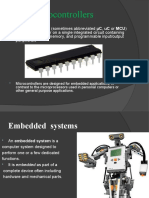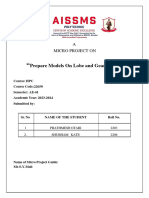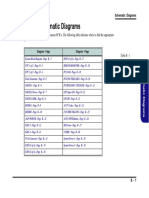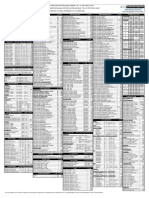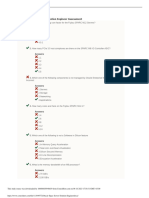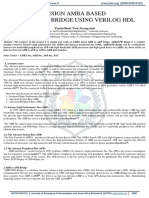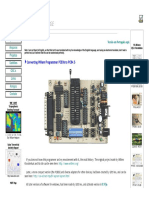0% found this document useful (0 votes)
5 views12 pagesMicrocontrollers
This presentation provides an overview of microcontrollers, detailing their definition, architecture, and applications across various sectors such as consumer electronics and robotics. It discusses the programming languages used, development tools available, and troubleshooting techniques for microcontroller applications. Understanding these elements is essential for leveraging the full potential of microcontrollers in modern technology.
Uploaded by
1210 YASH JADHAVCopyright
© © All Rights Reserved
We take content rights seriously. If you suspect this is your content, claim it here.
Available Formats
Download as PPTX, PDF, TXT or read online on Scribd
0% found this document useful (0 votes)
5 views12 pagesMicrocontrollers
This presentation provides an overview of microcontrollers, detailing their definition, architecture, and applications across various sectors such as consumer electronics and robotics. It discusses the programming languages used, development tools available, and troubleshooting techniques for microcontroller applications. Understanding these elements is essential for leveraging the full potential of microcontrollers in modern technology.
Uploaded by
1210 YASH JADHAVCopyright
© © All Rights Reserved
We take content rights seriously. If you suspect this is your content, claim it here.
Available Formats
Download as PPTX, PDF, TXT or read online on Scribd
/ 12


























